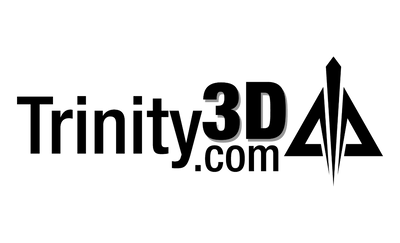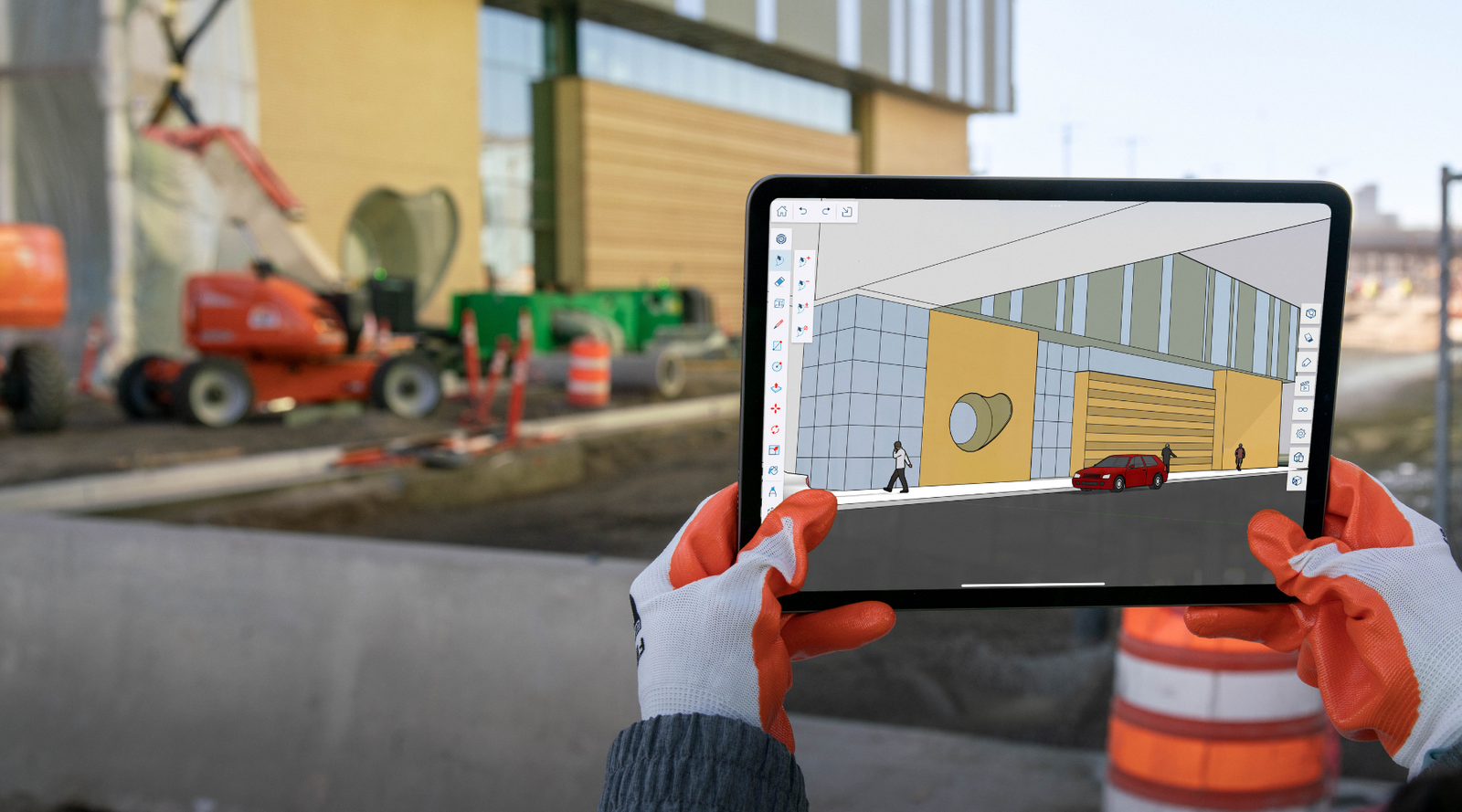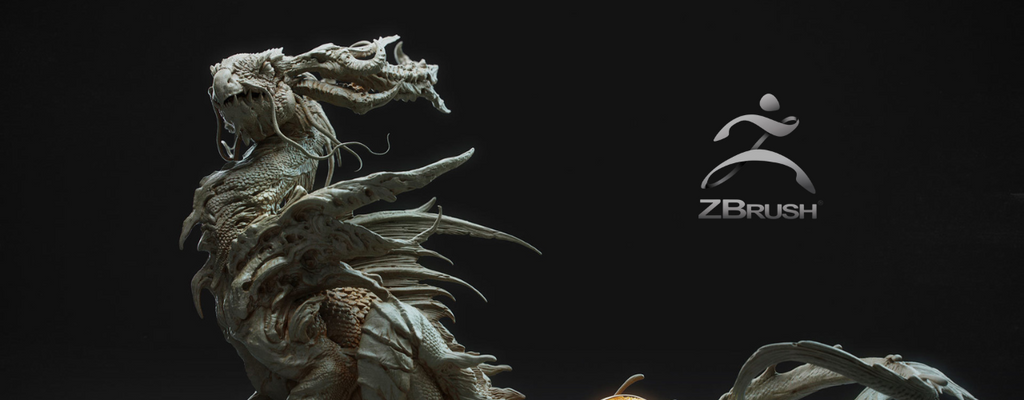In the realm of 3D engineering and design, transforming an idea into a tangible, visual model is both a technical challenge and a form of art. The process of creating a 3D model involves several stages, each requiring a unique blend of creativity, technical skill, and the right software tools. Today, we'll explore how to make a 3D model, focusing on three powerful tools in the industry: SketchUp, ZBrush, and Rhino. These tools cater to different aspects of modeling, from initial sketching to detailed sculpting and precision design.
Conceptualizing Your Idea
Before diving into any software, the first step is to conceptualize your idea. Sketching your design on paper or using digital sketching tools can help clarify your vision. Think about the purpose of your model, its features, and how it interacts with its environment. This preliminary phase is crucial for establishing a solid foundation for your 3D model.
SketchUp: Bringing Ideas to Life
Starting with SketchUp
SketchUp is renowned for its user-friendly interface and intuitive tools, making it an excellent choice for beginners and professionals alike. It's particularly favored for architectural designs, woodworking, and other projects that benefit from geometric precision.
Modeling in SketchUp
Creating Basic Shapes: Start by creating basic shapes that form the outline of your model. Use SketchUp's tools to draw rectangles, circles, and lines, then push/pull them into 3D forms.
Adding Details: Utilize the array of SketchUp's detailing tools to add complexity to your model. This can involve creating textures, inserting windows in buildings, or detailing furniture.
Applying Textures: SketchUp offers a vast library of textures, allowing you to apply realistic materials to your model, from glass and metal to wood and fabric.
SketchUp excels in creating models that require architectural precision and is an excellent tool for bringing your initial concept to life in 3D space.
ZBrush: Sculpting Your Vision
The Power of ZBrush
ZBrush is a digital sculpting tool that stands out for creating highly detailed 3D models. It's the go-to software for artists and designers working on characters, creatures, and any model that requires intricate details.
Sculpting in ZBrush
Dynamesh: Begin with a basic shape and use Dynamesh to add volume and form to your model. This feature allows for dynamic reshaping and sculpting without worrying about polygon stretching.
Brushes: ZBrush offers an extensive collection of brushes for sculpting every detail. Whether you're adding wrinkles to a character's face or textures to a creature's skin, ZBrush's brushes provide unparalleled control.
Polypaint: Add color and texture directly onto your model's surface with Polypaint, eliminating the need for UV mapping and simplifying the texturing process.
ZBrush is ideal for projects requiring high levels of detail, such as character modeling, where the texture and form are paramount.
Rhino: Precision and Complexity
Introducing Rhino
Rhino is celebrated for its mathematical precision and ability to handle complex models. It's particularly suited for industrial design, product design, and any project that demands exact measurements and intricate shapes.
Designing with Rhino
NURBS Modeling: Rhino utilizes NURBS (Non-Uniform Rational B-Splines) for modeling, offering incredible flexibility and accuracy in creating curves and surfaces.
Complex Structures: With Rhino, you can construct complex geometries that would be challenging or impossible in other software, making it perfect for intricate designs and engineering projects.
Prototyping and Exporting: Rhino is compatible with a wide range of other software and manufacturing technologies, facilitating the transition from model to prototype.
For projects that require precision engineering, complex geometrical forms, or compatibility with a variety of manufacturing processes, Rhino is an unparalleled tool.
The Symphony of Software
The journey of creating a 3D model is a symphony of creativity, technical skill, and the right tools. SketchUp, ZBrush, and Rhino each play a unique role in this process, from the initial sketch to the final, detailed model. By understanding and leveraging the strengths of each software, you can bring your 3D visions to life with precision, detail, and artistry. Whether you're a seasoned professional or an aspiring designer, the world of 3D modeling offers endless possibilities to explore and create.




